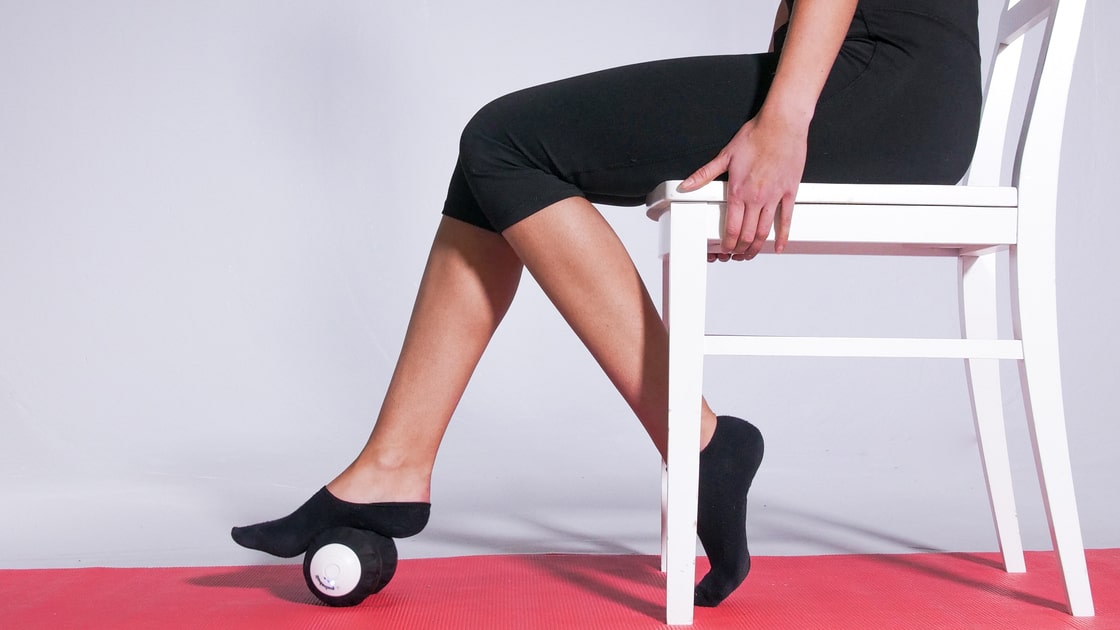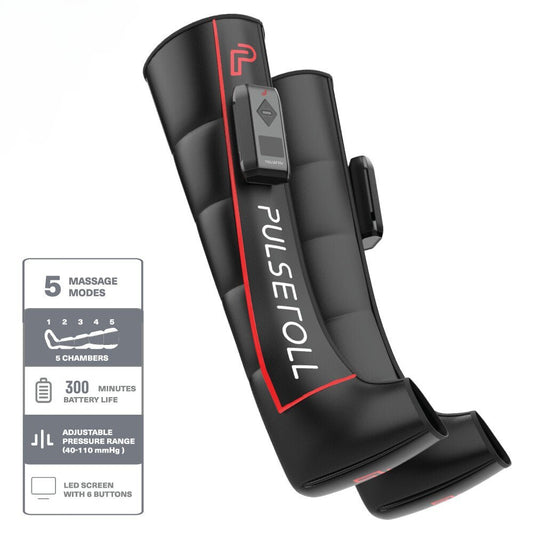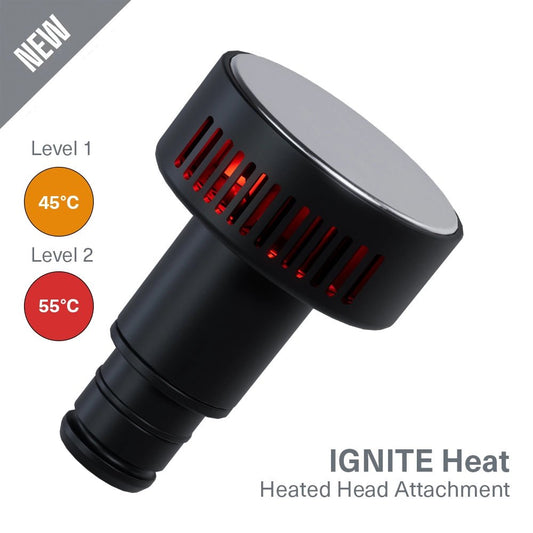As we slowly adjust to life during the pandemic, maybe you are considering some late summer sun, considering travelling to see loved ones, or finally taking that business trip?
Whatever journey your life takes you on, at some point soon you’ll probably find yourself back on an aeroplane. We all love jetting off to new places, but hands up, who actually likes flying?
Some of us are just simply frightened of flying, but for the vast majority, flying is not scary. Most of us just don’t like being cramped up on a plane, having our ears popping, running the risk of headaches, swollen ankles, and all the other ailments that being in a pressure cabin at 38,000 feet causes.

The effects of flying on the human body
- Raises stress levels – we are all familiar with excessive queuing, the stress of travelling to the airport, and then finally being cramped on the flight
- Dehydration – low humidity in the cabin causes dry noses, throats, and skin
- Germs – recirculated air and close proximity to others increases risk of catching a cold by 100 times
- Increased cabin pressure – puts stress on your ears and can cause bloating.
The big risk…Deep vein thrombosis
One of the biggest health risks when flying is deep vein thrombosis (DVT). This is a serious health problem caused by the formation of blood clots within veins. Sitting for long periods of time, like when flying, slows blood flow, usually in the legs, which can then cause blood clots to form.
This can be very painful, causing swelling and cramps. If the clot is dislodged it can travel around the body, causing a life-threatening blockage in the lungs.
Who is at risk?
- Research suggests that just 1 long haul flight per year increases the risk of a serious blood clot by 12%.
- Smokers are at a higher risk
- People over the age of 60
- Anyone with underlying health issues
- Females taking contraceptive medication
It is important to note that everyone has some risk and the risk of developing a blood clot or related problem even lasts for up to 4 weeks after the flight.

How can Pulseroll help reduce the risk?
Currently, the best advice is to stand and move to try and reduce the risk of DVT, but this is difficult when on a busy plane. This is where our innovative portable vibration technology can help you!
Vibration, when applied to muscles, has been proven to cause small muscle contractions, which helps to keep blood moving around the body instead of pooling in areas like the lower legs. Regularly applying vibration directly to the muscles boosts overall blood flow and can therefore prevent possible clots forming.
Our vibration technology has been proven to increase blood flow by 22%!
Our vibrating peanut roller is perfect for travel for the following reasons:
- Light and compact
- Quiet operation
- Long lasting rechargeable battery
- Easy to use when seated
The vibrations will also help to keep you more comfortable, preventing stiff joints and muscles from sitting for long periods. To learn more about our range of muscle recovery equipment that can benefit you in many circumstances, check out the rest of our blog. We also have helpful guides on the benefits of a vibrating peanut ball. and how to stay in shape while travelling.


